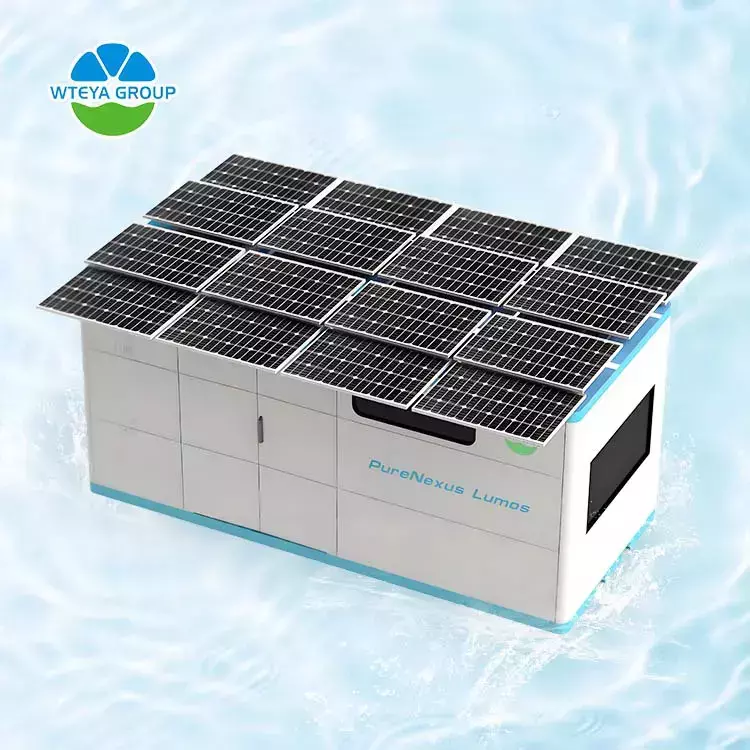Tackling Extreme Climate Challenges: Emergency Water Supply Capacity of Solar-Powered Water Treatment Plants
Background: Vulnerability of Water Supply Systems Under Extreme Climate
As climate change intensifies, the world is experiencing more frequent extreme weather events, such as violent storms, prolonged droughts, heatwaves, and floods. These disasters often severely disrupt conventional centralized water supply systems, causing treatment facilities to shut down, water sources to become contaminated, pipelines to break, or power outages to occur. As a result, millions of people may lose access to safe drinking water in a short time.
In remote or climate-stressed regions, centralized water treatment plants are often slow to recover. Under such conditions, distributed solar-powered water treatment facilities with independent energy supply have become a strategic solution for emergency water security.
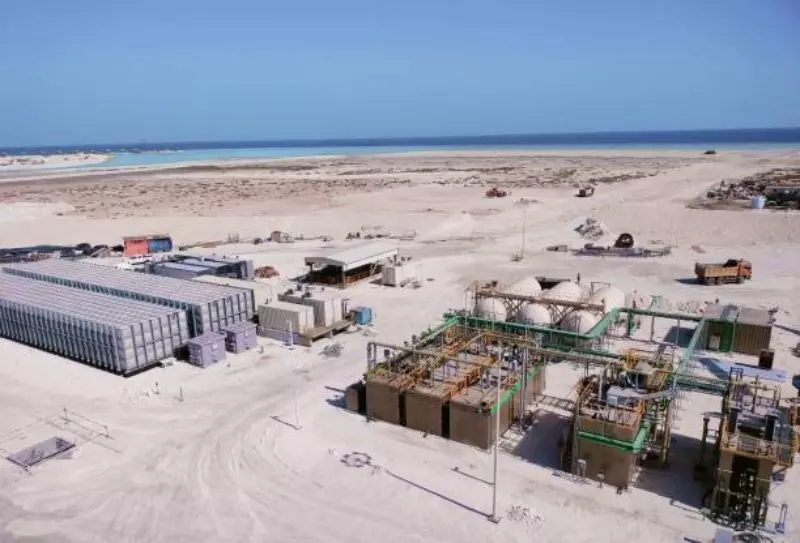
1. WTYEA Solar-Powered Water Treatment Plant Overview
The WTYEA Intelligent Distributed Solar Water Treatment Plant is an integrated system that combines solar photovoltaic power generation, energy storage, and advanced water purification technologies. Its main modules include:
-
Solar Photovoltaic Power Module: Foldable solar panels capture solar energy to power the system.
-
Energy Storage & Backup Power: Battery banks ensure continuous operation at night or on cloudy days, with a backup diesel generator for extreme scenarios.
-
Ceramic Membrane Pre-Treatment System: Filtration precision of 0.1 μm effectively removes suspended solids and colloids.
-
Reverse Osmosis (RO) Deep Purification System: Equipped with top-brand RO membrane components and multi-stage filtration, delivering drinking water quality output.
-
Automated Control & Management System: Supports microcomputer control and remote communication, enabling unmanned operation and fault diagnostics.
This modular and intelligent design ensures fast deployment and easy maintenance, making it ideal for disaster recovery, remote communities, and emergency water supply under extreme climate conditions.
2. Emergency Water Supply Advantages
🛡 Distributed System Reduces Centralized Risks
Unlike centralized water plants, solar-powered systems can be deployed at multiple nodes. Even if one site is damaged, other nodes can continue supplying water.
☀ Independent Energy, Strong Off-Grid Capacity
Powered primarily by solar energy, the system is backed by storage batteries and auxiliary generators. Even if the power grid fails, it can continue producing safe drinking water—critical for the first days after a disaster.
🔄 Rapid Deployment & Mobility
The WTYEA system features a foldable, portable design. It can be transported by air or land and quickly connected to a local water source. With plug-and-play capability, it significantly reduces setup time.
💧 Stable High-Quality Water Output
With ceramic membrane pre-filtration and multi-stage RO purification, the WTYEA system delivers drinking water that meets international standards—suitable for communities and medical facilities.
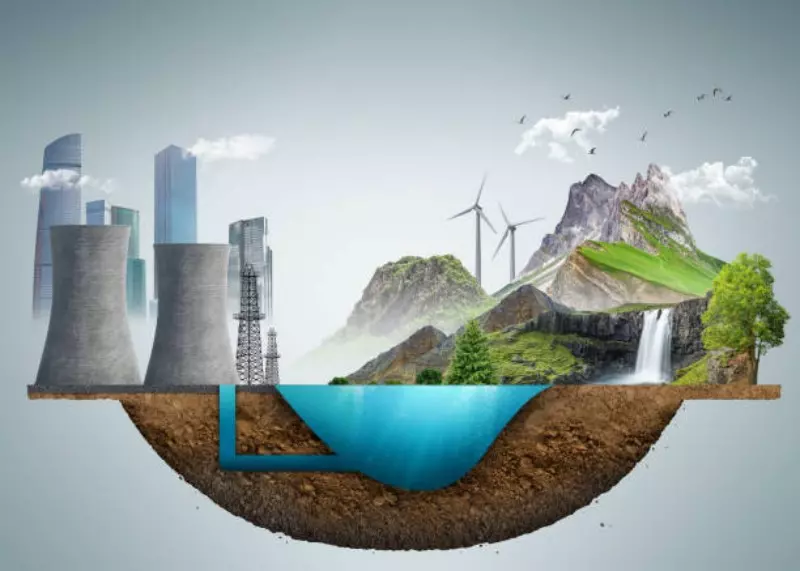
3. Real-World Application Scenarios
-
Disaster Emergency Response: After floods shut down conventional plants, portable solar systems can restore community water supply within hours.
-
Remote Mountains & Desert Towns: Provides long-term safe drinking water in off-grid regions.
-
Eco-Tourism Islands & Offshore Platforms: Ideal for areas without stable electricity, offering water for both drinking and sanitation.
-
Emergency Drills & Disaster Preparedness: Governments and NGOs can integrate these systems into contingency plans to strengthen resilience.
4. Challenges & Mitigation Strategies
⚡ Energy Stability Concerns
Prolonged cloudy weather may reduce solar power generation. This is mitigated by optimized energy storage and backup diesel power.
🧊 Environmental Durability
Extreme conditions such as heat, sandstorms, and floods test equipment resilience. WTYEA uses weather-resistant materials and automatic protection features to enhance reliability.
♻ Brine Disposal & Water Balance
The desalination process generates brine, which requires careful disposal in remote areas. WTYEA incorporates environmentally responsible discharge solutions.
5. Future Trends: Smarter & Greener Water Solutions
Future solar-powered water treatment plants will integrate more smart and green technologies, including:
-
Remote monitoring and big data analysis for predictive maintenance.
-
Integration with rainwater harvesting and multi-source water systems for stronger security.
-
AI-driven efficiency optimization and fault self-diagnosis for improved reliability.
Conclusion:
In the face of increasingly frequent extreme climate challenges, solar-powered water treatment plants—with distributed deployment, off-grid capability, self-sufficient energy, and high-quality output—provide a reliable emergency water supply solution.
WTYEA, with its intelligent, modular, and flexible design, offers strong advantages in disaster response and remote area applications. Its rapid deployment and stable operation will play a vital role in the future of sustainable water security systems.
Why Choose WTYEA Group?
WTYEA is a trusted global brand with over 16 years of expertise, delivering reliable water treatment solutions to world-renowned companies such as Foxconn, Huawei, Ganfeng, and Ronbay. With more than 100 successful projects, WTYEA has earned strong customer trust and reputation.
We support OEM & ODM customization, offering tailored solutions to meet unique client needs.
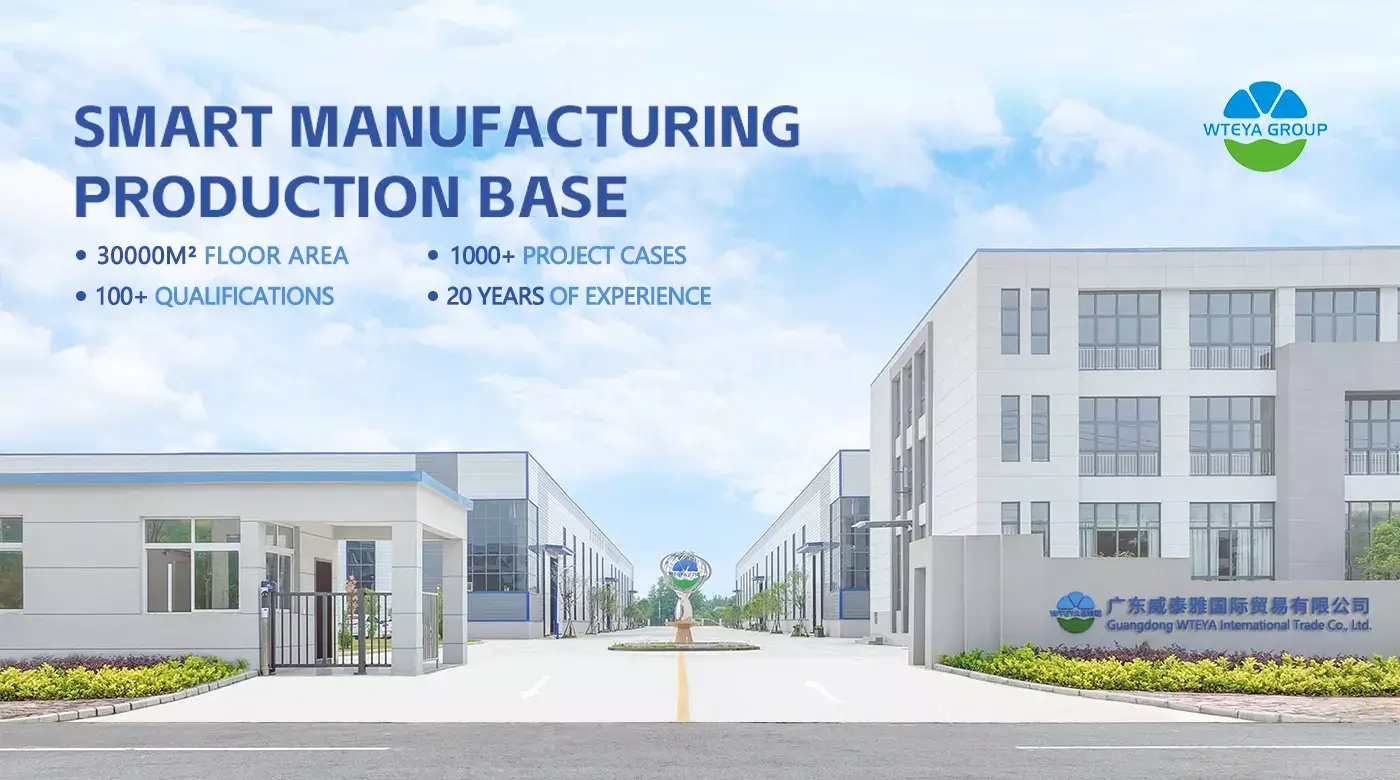
Become a WTYEA Partner!
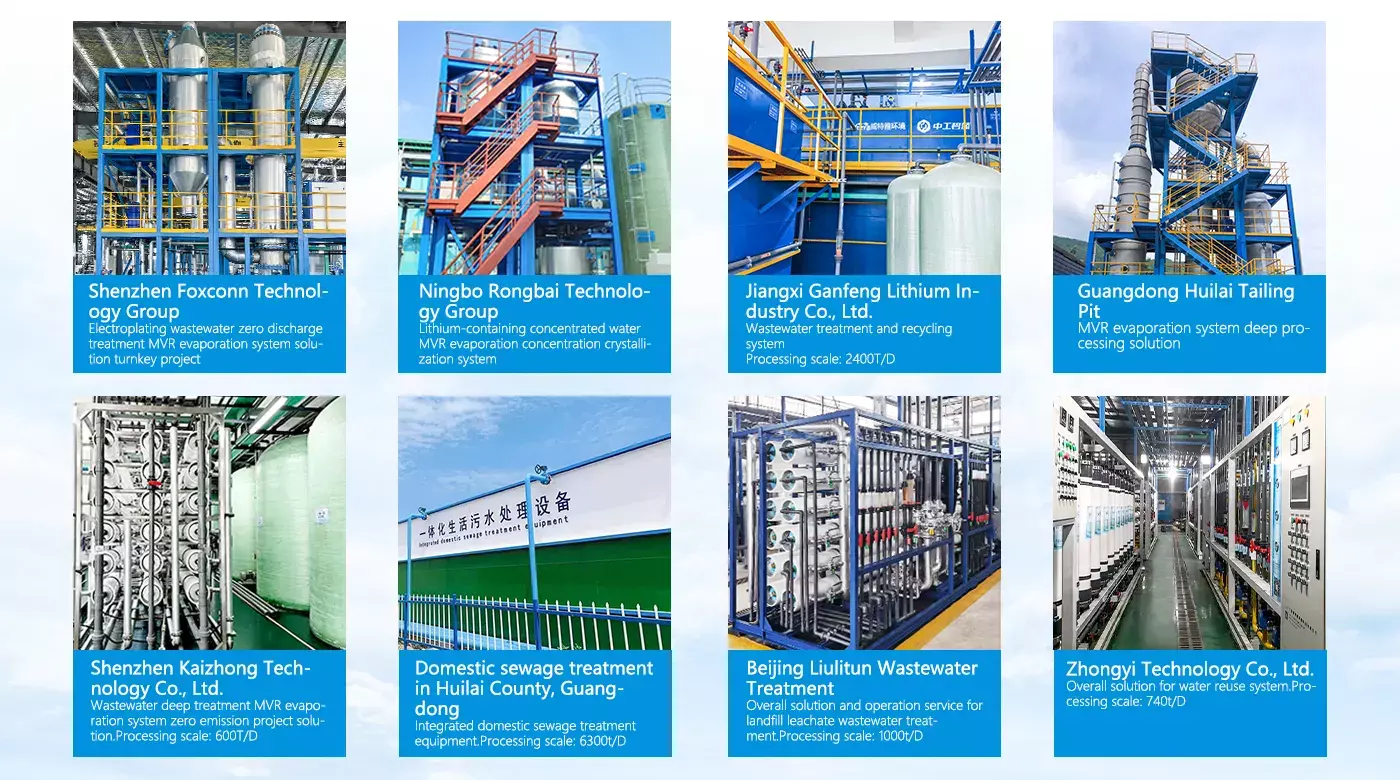
WTYEA is actively recruiting distributors worldwide. As a 16-year brand, we provide:
-
Attractive partnership policies
-
Professional training & guidance
-
Comprehensive technical support
📩 Email: info@wteya.com
📱 WhatsApp: +86-1800 2840 855
👉 Let us help you achieve unparalleled water quality!








